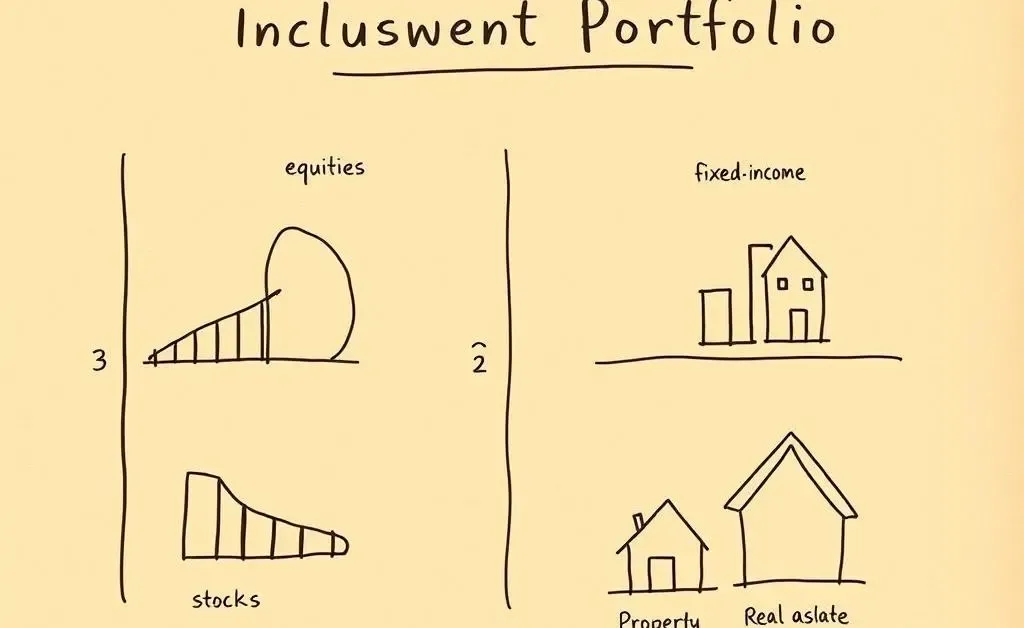Finding Balance: Navigating Asset Allocation in Personal Finance
Explore the art of asset allocation for balanced and effective personal finance management.

Have you ever wondered about the secret sauce to creating a sound personal finance strategy? Yep, we’re diving into the intriguing world of asset allocation today. It's a bit like crafting the perfect recipe; balance is key, and your unique taste shapes the experience.
What is Asset Allocation?
Asset allocation is the art and science of balancing risk and reward by apportioning a portfolio's assets according to an individual's goals, risk tolerance, and investment horizon. Imagine your investments as ingredients: stocks, bonds, real estate, and cash, each playing a distinct role in your financial dish.

The idea is to diversify in such a way that you’re not overly exposed to the negative performance of any single asset class, essentially not putting all your eggs in one basket.
Why is Asset Allocation Important?
Effective asset allocation aligns with your personal goals and economic circumstances. It's your financial safety net, buffering against market volatility. In practical terms, it means if stocks take a nosedive, your bonds or real estate may pick up the slack, nurturing financial stability.
Assess Your Personal Goals
Before you start mixing assets, take a moment to understand your own goals. Are you saving for a house, planning an extravagant retirement, or just aiming for a rainy-day fund?

Your goals dictate your investment strategy. Short-term savings, typically less risky, differ in asset makeup compared to long-term wealth accumulation aimed at richer rewards.
Consider Your Risk Tolerance
Risk tolerance is how comfortable you are with the ups and downs that come with investing. Some people can ride the roller coaster of stock volatility without breaking a sweat, while others may not enjoy the thrill.
Understanding your comfort level with risk helps determine whether you're leaning more towards conservative bonds or adventurous stocks.
Building Your Asset Allocation Strategy
Once you've examined your goals and risks, it's time to create a tailored strategy. A typical diversified portfolio might include:
- 50% stocks: For growth potential
- 30% bonds: To provide income and stability
- 15% real estate: Offering diversification and inflation protection
- 5% cash: Ensuring liquidity for emergencies
However, keep in mind that these percentages are just a guideline. The blend that resonantly reflects your financial aspirations and personality is what counts.

Rebalance Regularly
Your financial journey is a dynamic one, requiring periodic re-evaluation. Market changes, such as a stock boom, can unbalance your portfolio. Regularly check in on your asset allocation to ensure it aligns with your evolving life stages and goals.
Learn more about rebalancing here.
Ultimately, asset allocation isn't a one-size-fits-all exercise—it's a personal and evolving path. By mixing the right assets and fine-tuning over time, you're not just investing with wisdom; you're investing in your future dreams and aspirations.
Let’s keep the conversation going! What challenges have you faced in managing your financial portfolio, and how did you tackle them?




